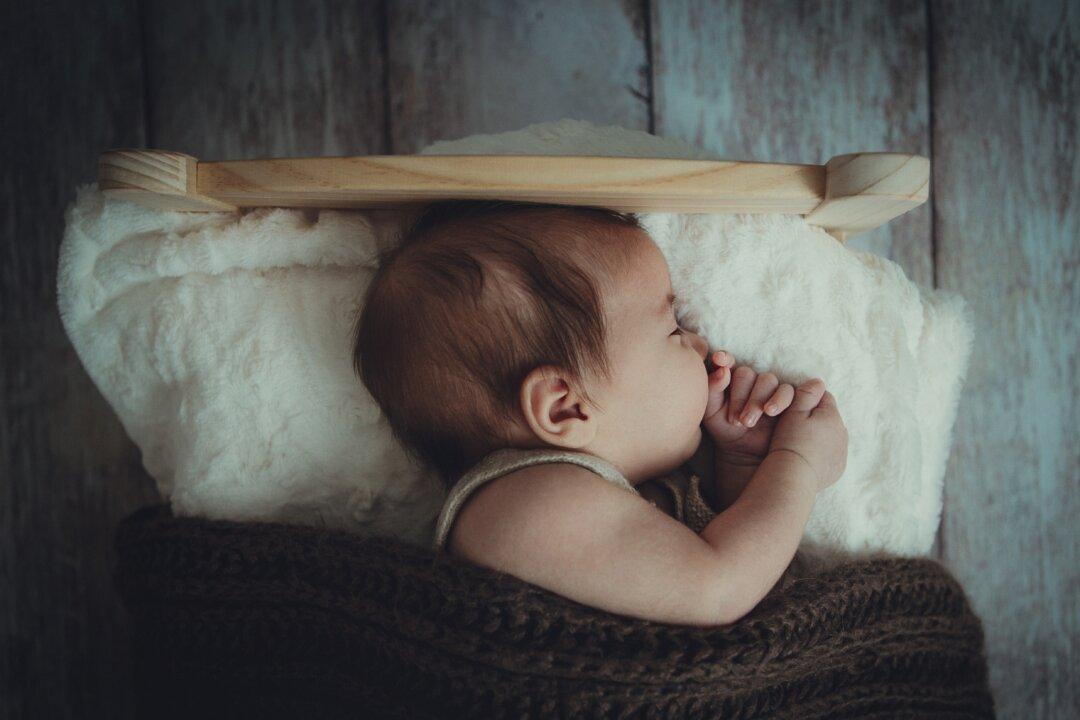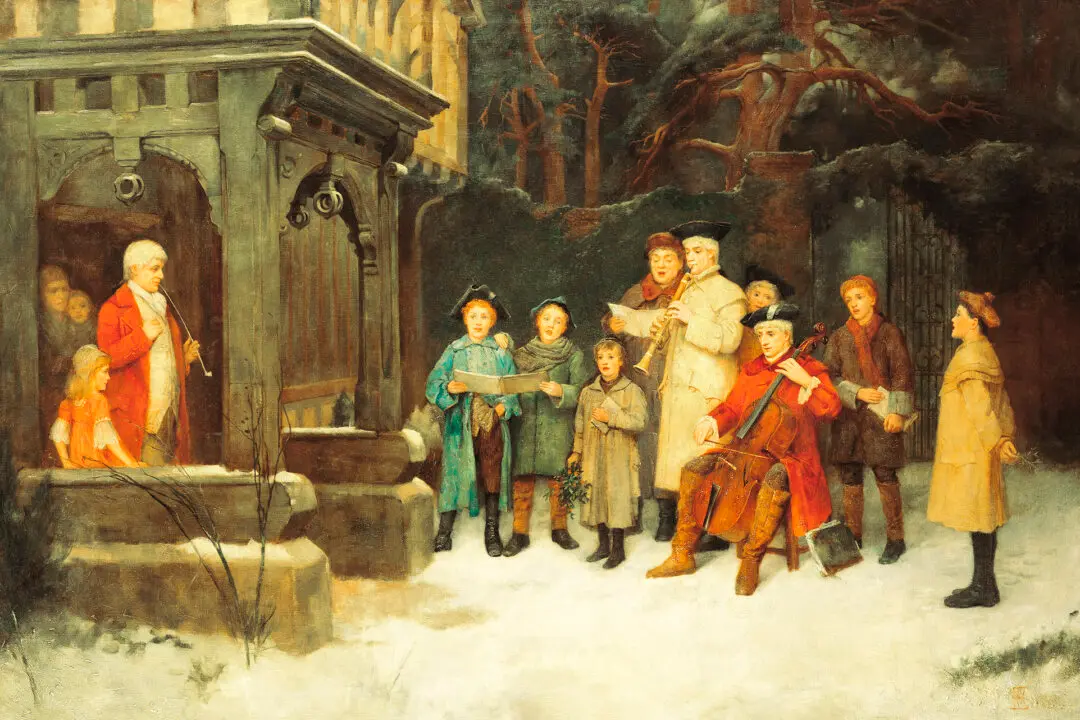If you were to enter any of the Sunday Masses at St. John the Baptist Catholic Church in Front Royal, Virginia, you might be stunned, as I once was, by all the wriggling bodies—and I don’t mean liturgical dancers.
Here in this parish, more traditional than many of their counterparts around the country, large families—five, six, seven children—are the norm, and every other pew sports at least one baby. Just last week, I watched the family seated in front of me pass a fussing infant from one set of arms to another. Finally, Mom took the baby and the toddler to the vestibule while Dad and his teenager daughter maintained crowd control over three restless boys.






